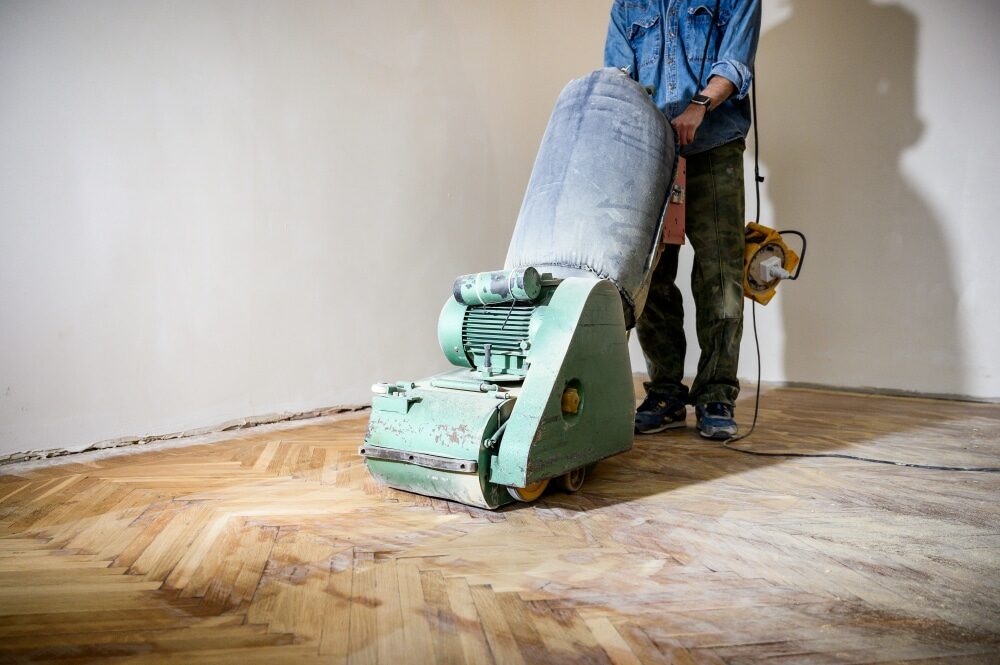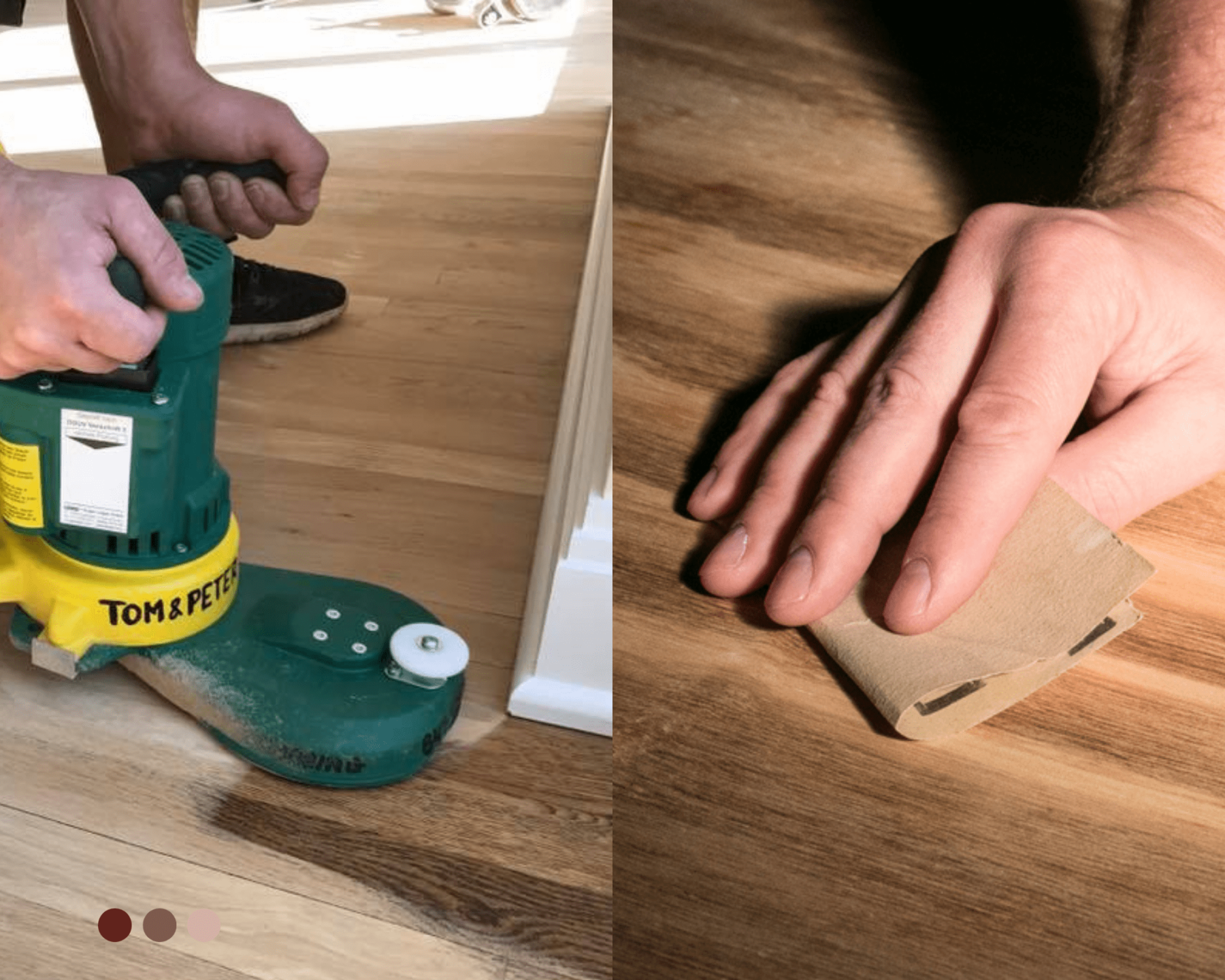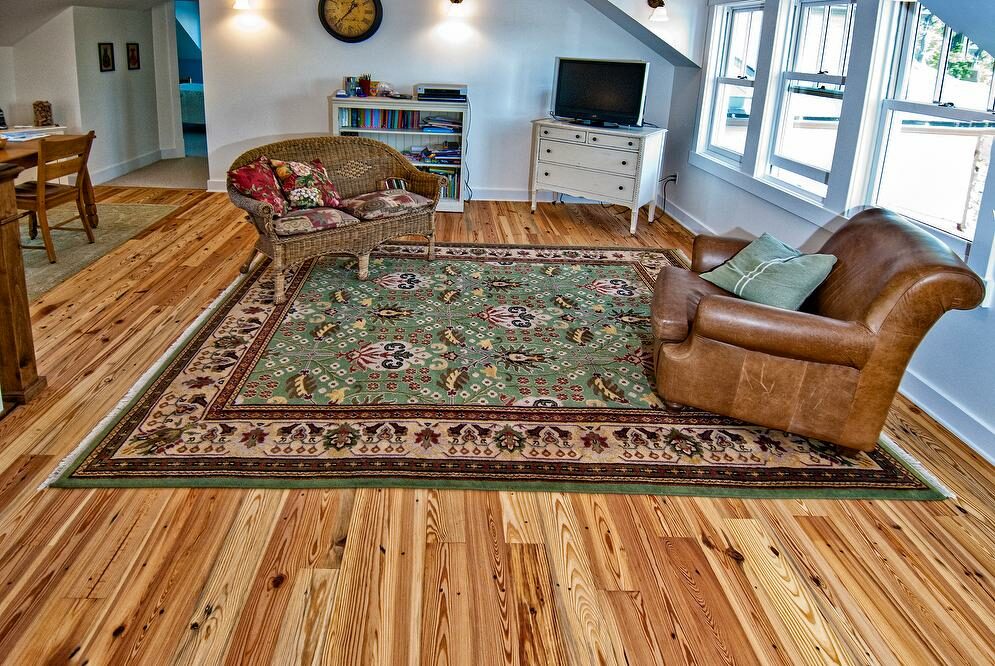London:
Nationwide:
How to Keep Your Dustless Wood Floor Sanding Under Control?
Posted on May 26, 2023
Blog
Mastering Dustless Floor Sanding: Tips for a Cleaner Home | Home Maintenance Guide
Wood floor sanding is necessary for maintaining the aesthetic and structural integrity of wooden floors. However, conventional sanding can be messy, producing a significant amount of dust that can quickly spread throughout your home. This is where dustless floor sanding comes in—a technologically advanced method that minimizes the amount of dust produced. But even with dustless floor sanding, it’s crucial to keep the process under control for the best results. This comprehensive guide will discuss how to manage your dustless floor sanding process effectively.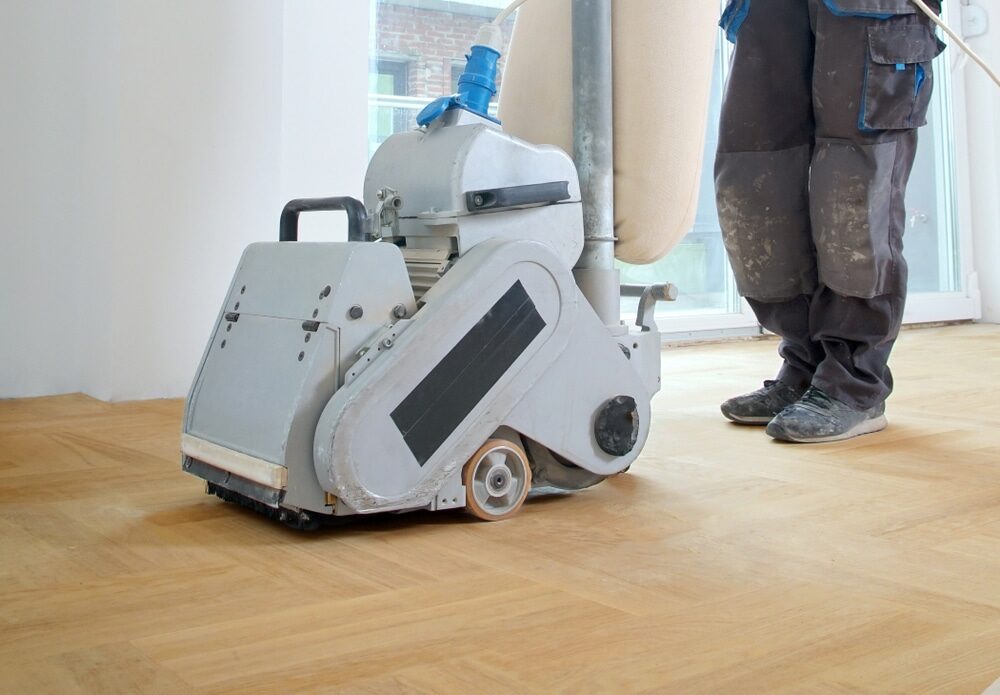
-
Hiring a professional service

-
Proper planning and preparation
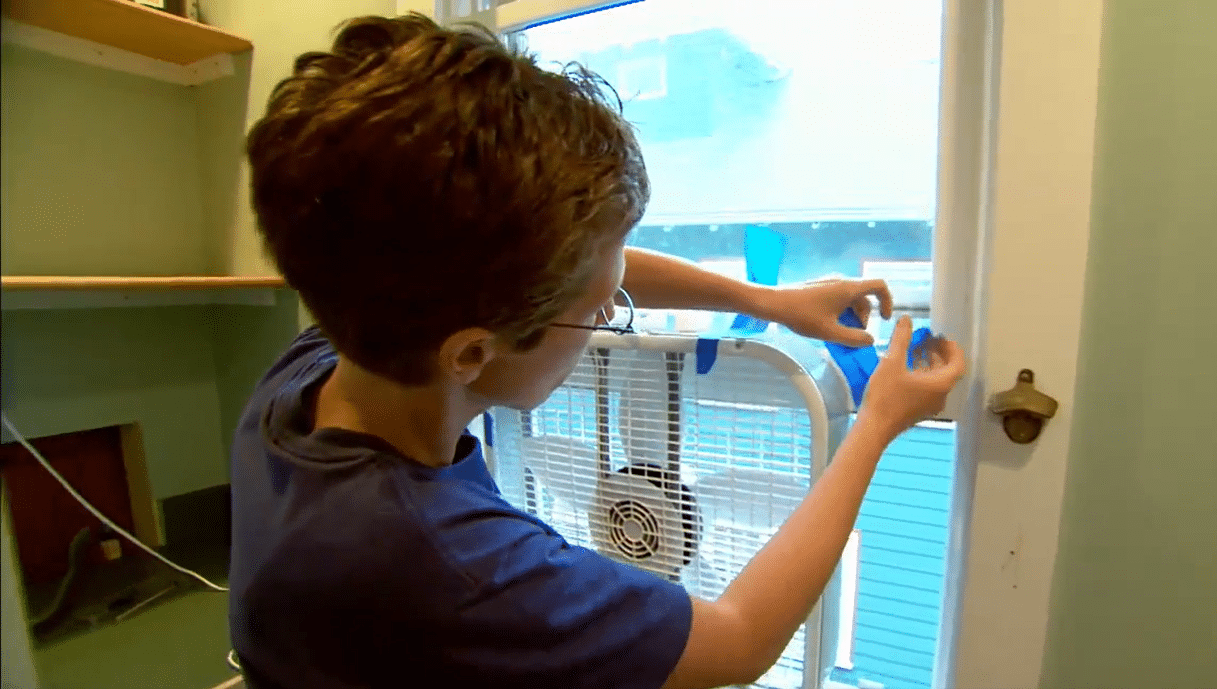
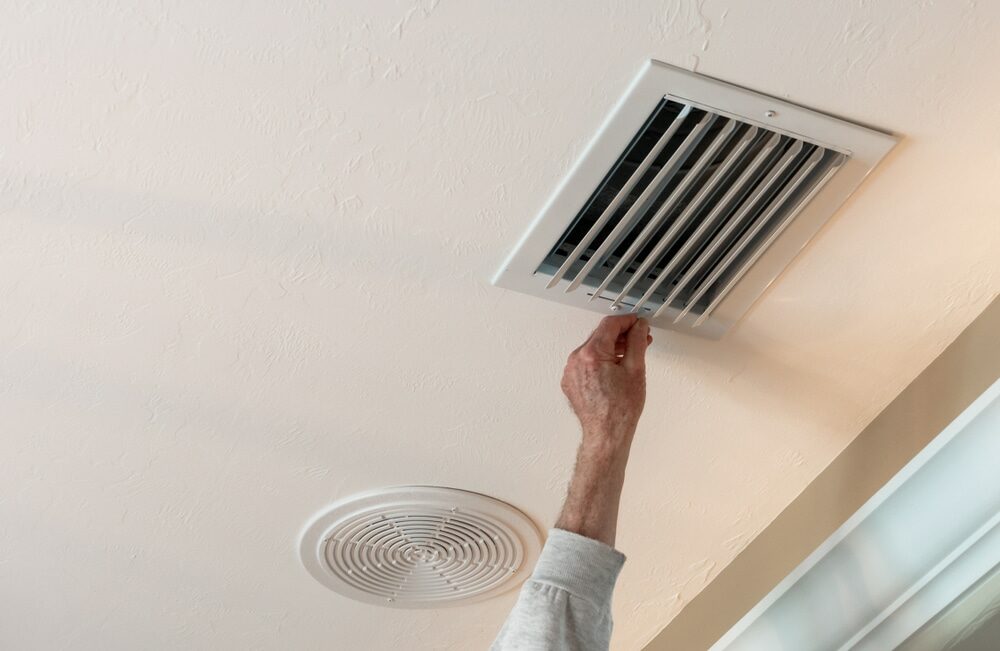

-
Regular maintenance of sanding equipment
-
Effective Use of Sanders
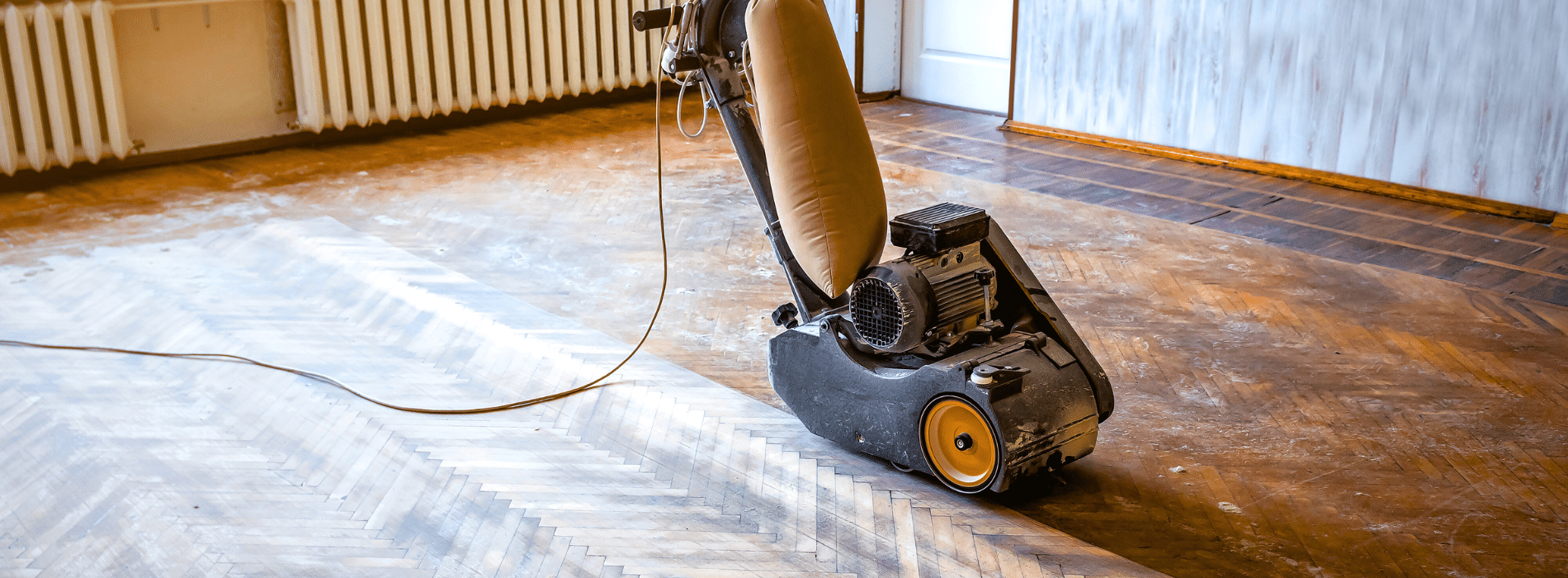
-
Proper sanding techniques
-
Regular clean-up
-
Proper Ventilation

-
Proper Disposal of Dust
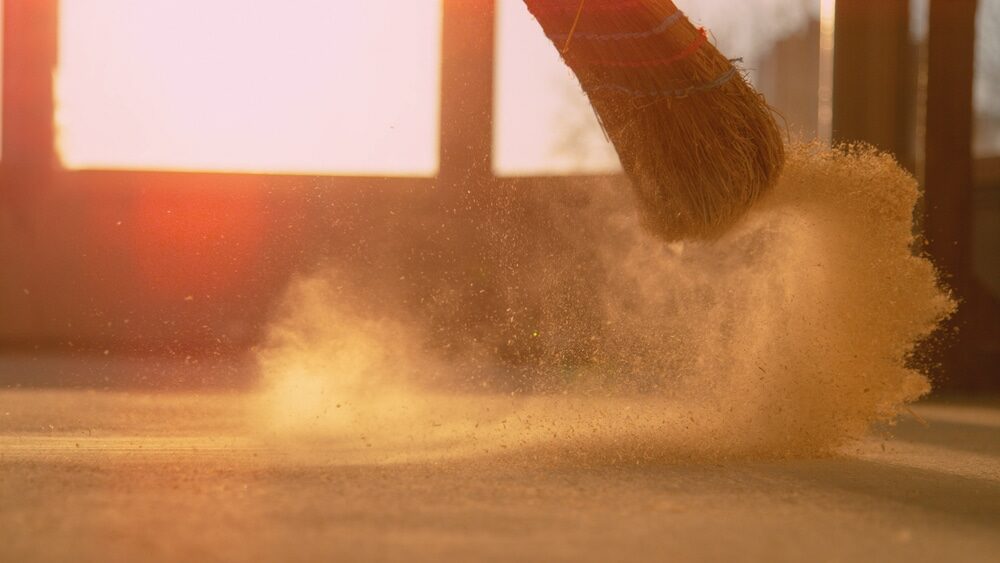
-
Post-sanding cleaning and maintenance
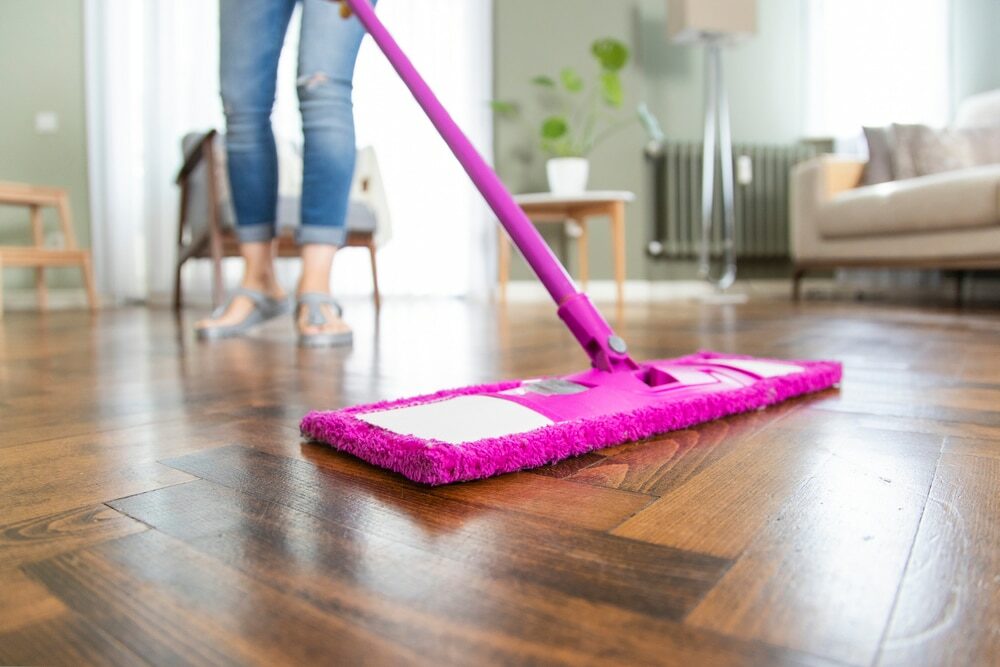
Conclusion
Dustless floor sanding provides a cleaner and more efficient alternative to traditional floor sanding methods. By following the tips mentioned above, you can control your dustless floor sanding and minimize the spread of dust throughout your home. Hiring a professional service, proper planning and preparation, regular maintenance of equipment, effective sanding techniques, and post-sanding cleaning are all critical factors in maintaining a dust-free environment during the floor sanding process. Remember, a dustless floor sanding process helps maintain a cleaner and healthier living space and ensures that your newly sanded floors are restored to their natural beauty without the hassle of excessive dust. By implementing these measures, you can enjoy the benefits of a beautifully sanded floor while keeping dust at bay. So embrace the benefits of dustless floor sanding and take the necessary steps to keep the process under control. Enjoy the transformation of your floors with minimal disruption and maximum satisfaction.Some Useful Links:
- Floor Sanding Services
- School Floor Sanding
- Wood Floor Restorations
- Wood Floor Repairs
- Wood Floor Polishing
More from our Blog:
Hardwood Floors Sanding – 10 Most Important Benefits Wood Floor Protection Techniques | Preserving Your Wooden Floors Importance of Quality Wood Floor Sanding in London | Ultimate Guide Critical Factors in Choosing Floor Sanding Companies | Comprehensive Guide Top 10 Benefits of Sanding Wooden Floors | Homeowner’s Guide
Sanding
We provide virtually dust-free sanding with our continuous belt machinery with mobile extraction units, giving you a safer environment for your family.
Oiling
This organic finish not only adds beauty to your home but also has exceptional water-repellent characteristics, making it easier to clean and maintain.
Waxing
This natural floor finish offers the softest and most mellow appearance – and leaves your floor able to breath.
Buffing
Using soft buffing machines (and hand-polishing where required) will bring a wonderful sheen to your newly-finished floor.
Repairs
We offer a full assessment of your wooden floors to determine what repairs are needed to provide the perfect working surface for the later stages of sanding, staining and sealing.
Restoration
We offer a comprehensive restoration process designed to address floors that are improperly fitted or damaged over time through wear and tear.
Request a fixed price quote for your wood floor restoration now
Simply enter your postcode below to get started.
Services
Wood Floor Sanding Wood Floor Restoration Wood Floor Scratch Repair Squeaky Wood Floor Repair Parquet Floor Sanding Parquet Floor Restoration Commercial Floor Sanding Church Floor Sanding Community Centre Floor Sanding School Floor Sanding Gap Filling Gap Filling with ResinCopyright © Mr Sander®
Privacy & Cookies Terms & Conditions Complaints Procedure Cancellation Rights Sitemap